I'm trying to get labels to line up with the values from a smooth line. While other answers I've seen suggest creating a data column of predicted values, I'm looking for a cleaner alternative that uses the data that is already being produced for the ggplot.
See example below for the problem:
require(tidyverse)
require(ggrepel)
set.seed(1)
df <- data.frame(x = rep(1:100, 5), y = c(sample(1:20, 100, T), sample(21:40, 100, T), sample(41:60, 100, T), sample(61:80, 100, T), sample(81:100, 100, T)), group = rep(letters[1:5], each = 100))
df <- tbl_df(df)
df %>%
ggplot(aes(x = x, y = y, label = group, color = group)) +
geom_smooth() +
guides(color = F) +
geom_text_repel(data = . %>% filter(x == max(x)), aes(x = x, y = y, label = group), nudge_x = 50)
Is there some way to get the smooth line value at max(x) without using ggplot_build() or another external, multi-step approach?

